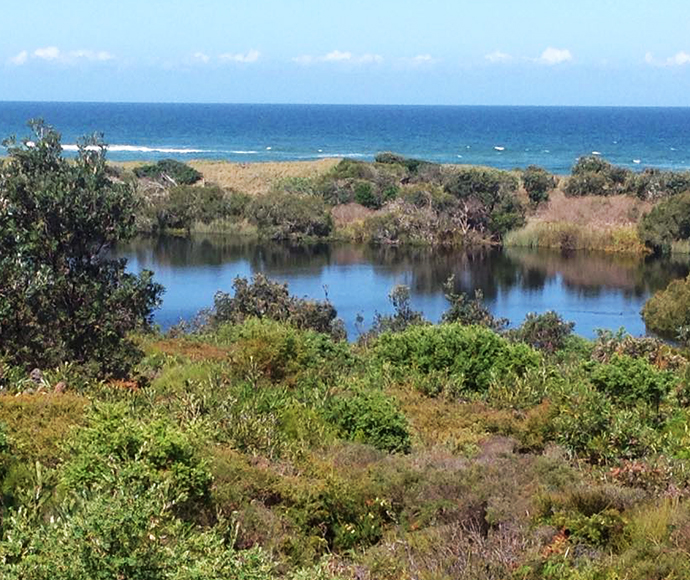National Parks and Wildlife Service (NPWS) is conducting a hazard reduction burn on the 28 and 29 of May in Bundjalung National Park.
The 9-hectare burn will be carried out 17 kilometres south of Evans Head.

The low-intensity burn aims to reduce the fuel load surrounding the popular Black Rocks campground. This small burn will link into the strategic protection around the campground in a controlled way to minimise environmental impacts.
Black Rock campground was previously damaged by bushfire in 2001, and again in 2013.
Smoke may be visible from towns in the region, including Evans Head, Iluka and Yamba.
Bandjalang Native Title holders are participating in the burn in a collaboration between traditional owners and NPWS. The participation of the Bandjalang Community continues management of, and connection to, their country.
NPWS hazard reduction program for 2020 is focussed on essential burns in areas close to neighbours and important assets and to protect significant areas of habitat to ensure ongoing recovery of wildlife that was impacted by the summer bushfires.
Undertaking burns when conditions are right to ensure they are safe and effective is an important part of managing the potential risk of bushfire to communities and the environment before next summer.
All burns across New South Wales will continue to be coordinated with the NSW Rural Fire Service (RFS) to ensure the impact on the community, including from smoke, are assessed at a regional level.
Details on specific burns will be made available in advance on the Rural Fire Service website, ‘Fires Near Me’ app, and on NPWS Alerts website.
All hazard reduction burns over 50 hectares will be assessed by the NSW RFS in conjunction with NSW Health as required to ensure smoke impacts are minimised.
For health information relating to smoke from bush fires and hazard reduction burning, visit NSW Health or the Asthma Foundation.
For up to date information on these, and other, planned hazard reduction activities, visit the Rural Fire Service.







